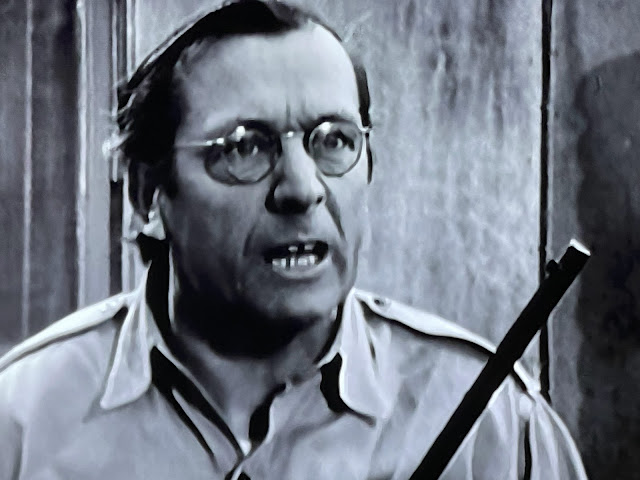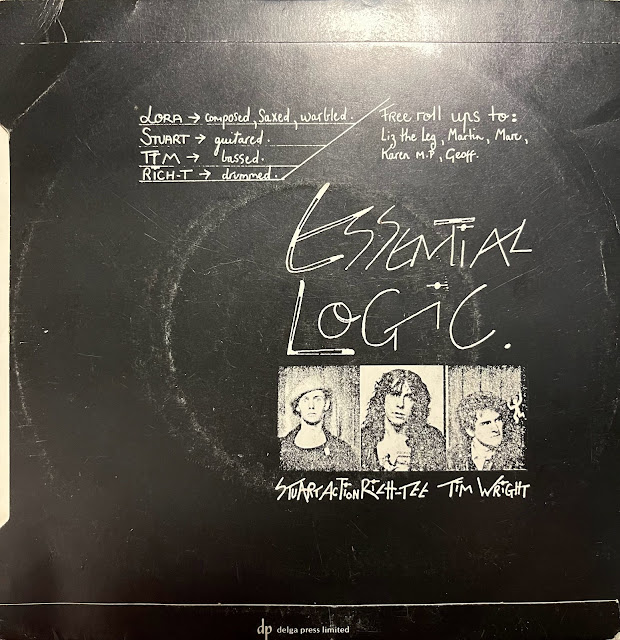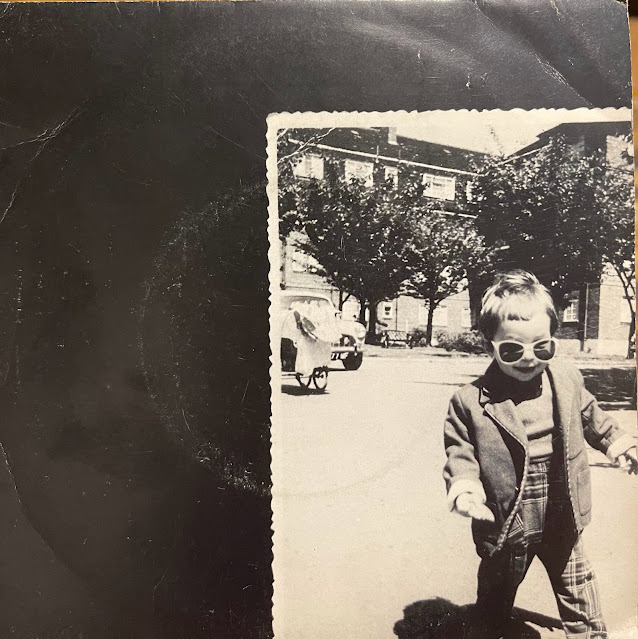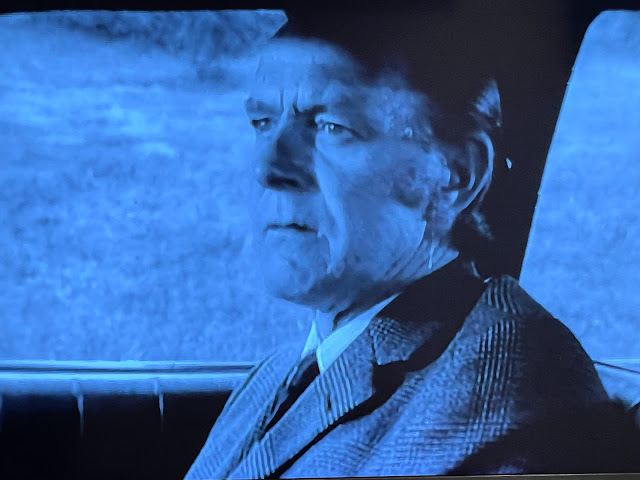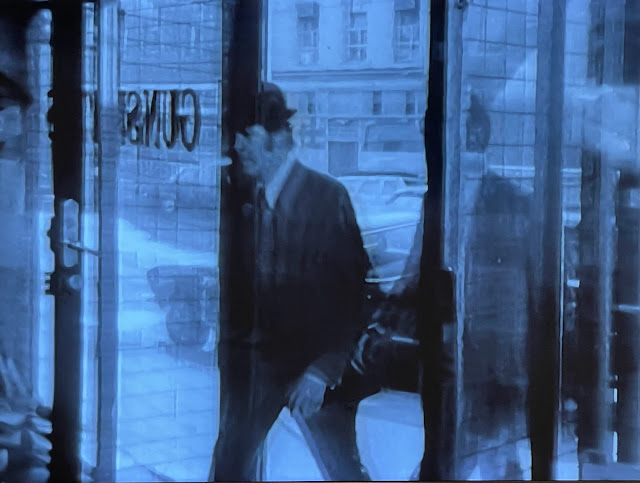Saturday, December 31, 2022
labeled with love
Friday, December 30, 2022
13th floor elevators, a visual history
Thursday, December 29, 2022
homicide: 'grains of sand'/'the girl who wanted to go home' (may 1972)
After watching (almost completely, I've missed a few) close to 330 episodes of Homicide it occurred to me to wonder what attracts me so compulsively about this show. It is not nostalgia per se for me, I never watched police dramas of course when I was a child and I actually still don't really like them in themselves (I couldn't even watch most of the 2 May 1972 episode 'Grains of Sand' because it was so depressing - murder of a kidnapped child ffs). Aside from Ernie Bourne who I obviously have a soft spot for (but perhaps more for his depiction of Rob Lewis in Neighbours than for his Adventure Island stuff) I was not greatly familiar with any of the actors in Homicide (well, I suppose I did watch quite a bit of Class of '74/'75 ten or so years ago for a journal article I wrote, and Leonard Teale was ostensibly the star of that, but christ knows what he thought he was doing there - I suppose he thought he was maintaining an acting career!).
It really does feel like time travel though, I know how stupid that reads, but I so thoroughly enjoy not just Melbourne of 50-60 years ago, but getting the sense of why Australians enjoyed the show so much - the familiarity of it all. Streetscapes, absolutely, and familiar place names. But also venturing into backyards, petrol stations, waste spaces, laneways and bedrooms (home interiors are a little less thrilling because they are almost always sets, constructed the same way and in the same depth through the close to eight years of episodes I have now watched). Not just what you see on the screen, either, but social mores too - things that people throw into the mix, the way we're supposed to empathise with George Mallaby's character Peter, a handsome young man who likes to play the field, or for that matter, Leonard Teale's character Mack, a handsome older man who likes to play the field (although he has a girlfriend, Joy, who suggested to him that she might be about to move to Brisbane for work and who was then shot in the neck by an escaped prisoner trying to kill Mack - she lived, but wasn't mentioned again lol).
Anyway that said, I try not to get involved but 'Grains of Sand' is Norman Yemm's last episode and I will miss him. I couldn't really watch the actual episode as I said but I did watch the end of it which was not entirely dissimilar to Inspector Connolly's departure - in that he didn't definitively say he was going, just applied for leave, at Col Fox's urging.
Here he is on the steps, having said goodbye to Fox but no-one else, and about to stride down the street alone like Connolly did.
The next episode, from 9 May, wastes no time: new opener (well, new-ish, they didn't waste time filming Kurts, Teale or Mallaby getting out of the car again, just inserted Mike Preston):
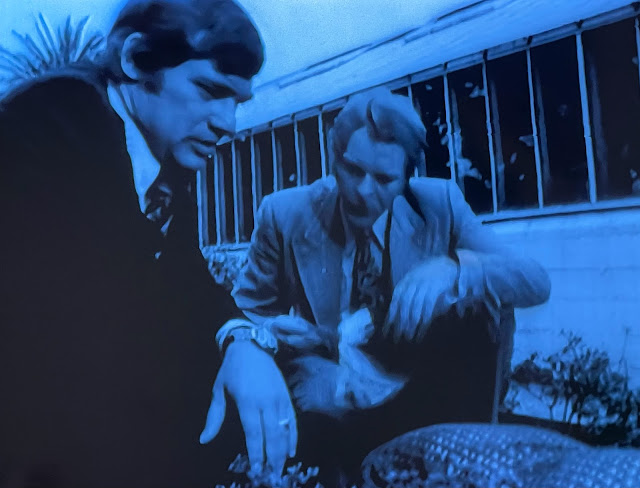
He is installed in Jim's old desk and that's the only time Jim is mentioned - Peter says something about how Jim's cleaned his desk out (but I thought he was only going on leave?!).

a man called...
It's w-r-o-n-g to prejudge an artwork of any kind before you've actually experienced it but fuck off with your A Man Called Otto, an american remake of the third most watched Swedish film of all time, which I saw a few years ago at the scandinavian film festival and couldn't help but enjoy; for the little quirks as much as for the big set-piece corny coincidences.* I get less tolerant as I get older, naturally, who doesn't but this incapacity Americans have to experience, much less enjoy, anything that is from outside their national boundaries, makes me want to become disgruntled.
Look, Tom Hanks is OK, and for all I know this takes the great original film (based on a book I haven't read, so I jumped on the train between stations obvs) and makes it superb, but I just want to say, if 'America's' (i.e. the USA) so great it shouldn't be a clearing house to churn through whatever other stories come into being elsewhere, it should generate its own fuckin' stories and tell them. I would also say that I felt that A Man Called Ove was a really Swedish story and to my mind that valuable quality is not translatable into either some mediocre mass-minded Americana. Yes, there's a story about a grumpy old man who wants to die, but there's also a story about whether there are intrinsic qualities (re: community spirit and willingness to help neighbours) to a small national culture that are adaptable to the modern world. Any other reading is bullshit. Has to be.
*cornincidences
Wednesday, December 28, 2022
homicide 'the hermit' (& 'a ticket to the grave')
This episode of Homicide aired two days before my seventh birthday, and I didn't watch it. I might have enjoyed, briefly, the central role played by Ernie Bourne in the show however as not only did I know Bourne's work from Adventure Island (he played Fester Fumble) I also, strangely, had met him - at a party (as previously discussed on this blog 13 years ago, remember?).
In this fairly nonstarter ep he plays an unsavoury character called Dudley Roberts, by this time living under the name Dudley Brown. He is an artist (the Ds keep saying he's not a very good artist but I don't know, I've seen worse art) and kills a model because she says she'd charge him $20 more to pose nude for him. We don't see the killing. Not that I wanted to.This is a shot of the boyfriend of the mother of the model, Cindy. Played by John Stanton. I was more interested in the background, wherein you can see a point of sale poster for the very short-lived newspaper Newsday which confuses me as this episode went to air in early 1972 and Newsday closed in May 1970 (at least that's what Wikipedia says, can't necessarily trust that information). Maybe Crawfords had a standard bunch of newspaper posters for scenes like this. Or maybe I'm wrong and it's New Idea, though it's weird to think of magazines being advertised the same way as newspapers. Also, note the Taranto's gelati sticker in the window. Me and my mother used to love their Tartufo.
I see why IMDB insisted the character we know through most of the show as 'Dudley Brown' is 'Dudley Roberts' - because that's what it says in the credits.*
 This has pissed me off for quite some time watching these old eps. If I went back in time and killed Hitler, could I also stop in 1970something ((c) Barry Divola) and fix this fuckin' apostrophe?
This has pissed me off for quite some time watching these old eps. If I went back in time and killed Hitler, could I also stop in 1970something ((c) Barry Divola) and fix this fuckin' apostrophe? Tuesday, December 27, 2022
wake up

I once owned the 12" but I don't anymore, as far as I can tell, I don't know what happened there. I have the 7" version (tracks are identical). What I was surprised to find via discogs was that the 12" is really common, or at least, very cheap to buy even now 43 years later, but the 7" is quite rare.
Monday, December 26, 2022
homicide 'from the top' / 'trial'
Surely a Leonard French stained glass window in the foyer of the building PS' character (Georgina Pearce) has an apartment in, in which she is a fancy prostitute with a junkie boyfriend.
Presumably the outside of the same building as above, the owners of which had no problem with it being represented as not having many tenants but one of them is a prostitute whose junkie boyfriend is thrown off the roof.
Anne Haddy is the junkie boyfriend's mother. She only has a few scenes but she's excellent of course.
Thursday, December 22, 2022
sobs and snobs 1970
I think I am also going to have to look a little more in-depth at Tony Morphett's Dynasty. I have the novel (I bought two this year, Dynasty and Mayor's Nest. Mayor's Nest is so bad it's bad, or at least, it's one of those pallid political satires that lost whatever freshness it might have had in 1960whatever when its contents were exposed to air/subsequent events, within a few months or years. So, very hard to read. But Morphett's Dynasty was well-received and he essentially ended up a television writer by the 70s, or at least, that's what he was best known for. Shame, or not a shame, I don't know.)
Oh, (4): the meaning of the teapot in the work of Michael Leunig, especially when worn on the head. This I imagine is quite an early example. But is the teapot a symbol of suburban conformity and cosy domesticity, or (as it came to be) general provocative absurdity?
Wednesday, December 21, 2022
michael leunig in 1970
It was slim pickings in the State Library today, not their fault, I was really actually truth be told just looking for a few skerricks to prop up some bigger ideas-studies-papers, so that's all fine. But while I was waiting for my order to come in (I just missed the 11:00 retrieval by minutes, and had to wait for an hour) I scrolled through a few weeks of the Sunday Observer in late 1970, which was quite a paper. And Michael Leunig was working for it, doing what I am going to propose was possibly some of the most groundbreaking work of any cartoonist of a mainstream newspaper anywhere in the world (or at least the anglosphere) at that time.
Here he is having a go at the Libs:
To be fair I don't really know the full context of this snipe at Gorton, but I love the set up of the viewer 'pulling back' from Gorton in the studio in the first two panels, to him being on tv in the second, the pullback continuing, and the dog attacking the tv leg:
Not 100% sure of all the fine details of 'La Bonzer' but that's OK. This is pretty nifty as a piece:
 This one is atypically detailed and structured, I think ML has really enjoyed all the elements and the slight reference to renaissance perspective is excellent. Another anti-Vietnam war cartoon that needs no further comment from me:
This one is atypically detailed and structured, I think ML has really enjoyed all the elements and the slight reference to renaissance perspective is excellent. Another anti-Vietnam war cartoon that needs no further comment from me:This kind of thing was probably still pretty radical for the mainstream in 1970, I'm not sure, but in any case, it's succinct and pointed:
You have to admit that's pretty incredibly funny.
Tuesday, December 20, 2022
homicide 313 a game of chance
What amazes me is that the gun shop is a real gun shop. Whoever owned it (I can't tell where it was, obviously inner city) was happy to lend their premises for an episode of Homicide where the proprietor of the shop is showing a customer a gun who then turns it on him. Wow! Sure, it gives your shop quite a bit of prominence (once again, it's not completely obvious where the shop is but if you knew, you knew) but even just giving impressionable youngsters ideas about how gun shops are a great place to get guns that you can then use to kill people, is kind of irresponsible surely.
Anne Scott-Pendlebury is in this episode playing Pina Bianchi, the daughter of an Italian gambler who is the unwitting informant to the most psycho of three crims about her father's card games.
Nice exterior scenes as the Ds (they are often referred to as such) round up Brian's gang. This is I think Peter Hepworth as the hapless Keith, who was rightfully nervous about the second of the heists. Lunney and Hepworth both ended up in writing and producing roles long after they stopped acting.
It's rare to get a really good location still in Homicide but for once I did it. Melbourne Roofing was at 92 Grattan St Carlton at this time. It's possible that that's where this scene was shot, though obviously it's also quite possible that they just put their sign up wherever they were working.
 Lunney as Clark holding up the second card game. He likes to explain himself a lot, and tells Pina that he was just using her and that he really enjoys having a gun as it gives him power and freedom. Then someone (it's unclear who) shoots him but he doesn't die but he does go to prison. At no point does Pina seem to comprehend that Brian is not a nice boy.
Lunney as Clark holding up the second card game. He likes to explain himself a lot, and tells Pina that he was just using her and that he really enjoys having a gun as it gives him power and freedom. Then someone (it's unclear who) shoots him but he doesn't die but he does go to prison. At no point does Pina seem to comprehend that Brian is not a nice boy. -
As a child, naturally enough, I watched a lot of television and it being the early 1970s when I was a child, I watched a lot of what is no...
















